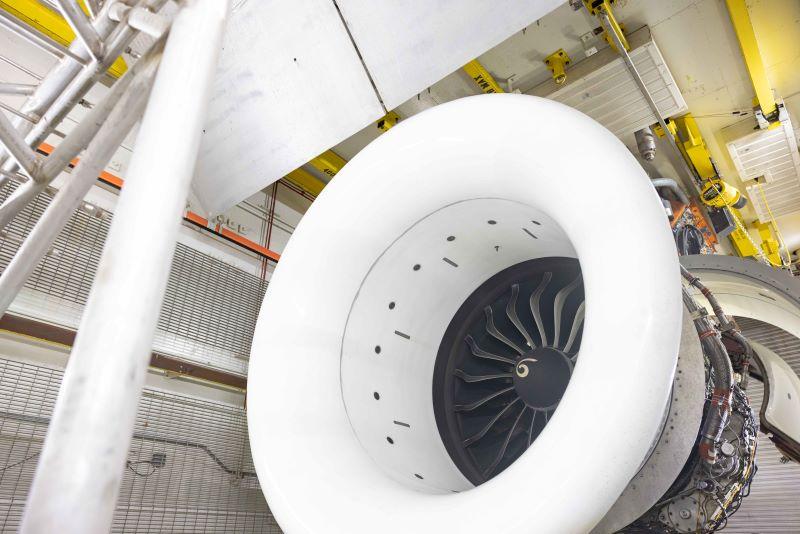
Leap 1 dust ingestion testing
Credit: GE Aerospace
EVENDALE, Ohio—Improvements to the CFM Leap 1 engine designed to enable CFM56-like durability are being validated in a series of dust ingestion tests now getting underway at GE Aerospace’s Evendale, Ohio, facility. Like nearly all the new generation fuel-efficient turbofans designed to operate at...
Subscription Required
This content requires a subscription to one of the Aviation Week Intelligence Network (AWIN) bundles.
Schedule a demo today to find out how you can access this content and similar content related to your area of the global aviation industry.
Already an AWIN subscriber? Login
Did you know? Aviation Week has won top honors multiple times in the Jesse H. Neal National Business Journalism Awards, the business-to-business media equivalent of the Pulitzer Prizes.






